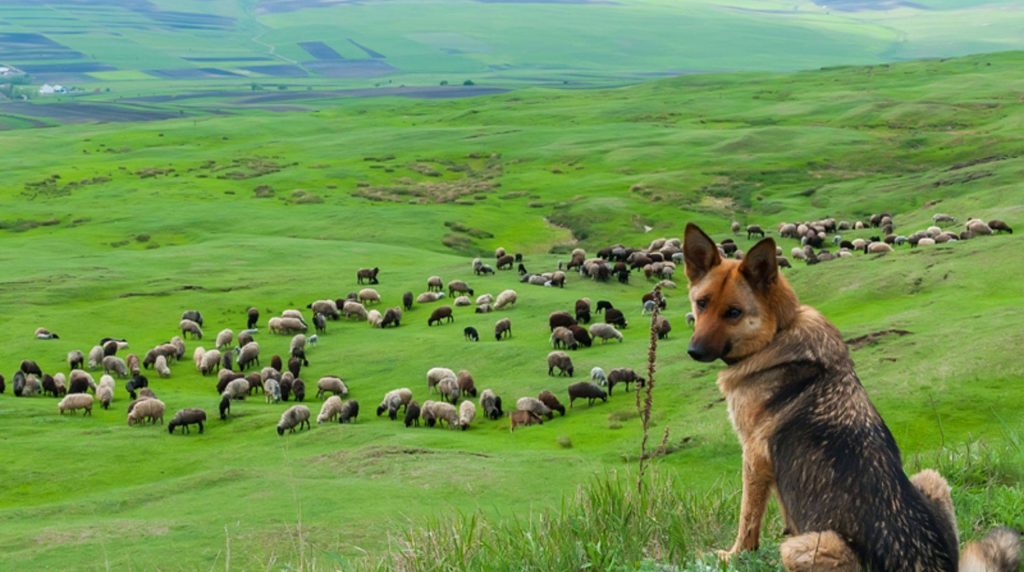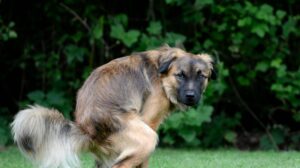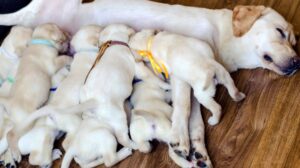
Guard Dogs, Herding Dogs, and Working Dogs: Understanding the Differences
There is a lot of confusion when it comes to the dog breeds that are originally bred for working as herders or guard dogs. It is crucial to know the differences between dog breeds, their needs and tasks in order to adopt a species-appropriate approach and avoid behavioral issues.
Is the term “shepherd dog” a generic name for all dogs that work with herders including herding breeds? Is the herding breed a separate breed? This is a difficult muddle to unravel, but we’ll explain how you can tell different breeds apart.
The guard dogs, the herding dogs, and the shepherd dogs all share similar characteristics
What they all have in common, no matter what you call them, is that they are working dogs for the purpose of herding. Shepherd dogs, guards dogs and herding canines are mainly responsible for flocks of sheep. A dog that is bred for this purpose can be used to protect and guard goat or cow herds. They are smart and can learn quickly but tend to be stubborn. They also have other duties, such as watching over the farm and family of their shepherd.
What are the duties and responsibilities of guard dogs
The word guard dog comes from English. These dogs are known as “Livestock Protection Dogs”, and the literal translation is “herdguard dog”. A livestock protection dog’s main job is to protect a herd from predators, other intruders, and possible attackers. The term has unfortunately been tainted by prejudice. In the past, guard dogs were thought to be aggressive animals with a low tolerance for irritation. They would attack anyone who approached their owner, family, or property.
It was taught to dogs by drills and force. Today, there has been a positive change in the way guard dogs are taught. They are now trained with love, consistency and patience, and using species-appropriate methods. The goal is to make them reliable companions, who will only protect when necessary, and who are confident and obedient, and trust their owners. This only works if you have the right training. More information can be found in the guidebook “Schutzhundesport – Training for angehende Schutzhunde”.
The term “herd protector dogs” can also cause confusion, as it is used to describe sheepdogs and shepherd dogs. These dogs have a lesser protective instinct and require different requirements in terms of attitude, education, and employment. It can also lead to herd protection dog breeds not being used correctly, leading to behavior abnormalities that can be dangerous. These dogs require a large area to guard, even if there is no herd. It is important to remember that these dogs were bred for independence, and so have difficulty bonding with owners. They are also more likely to take their own decisions than to show obedience. Dog lovers who are inexperienced and have little or no yard will soon reach their limit. Dog sports is also not something they are usually interested in. Herding dogs are, for instance, the Akbash or the Kangal.
What is the responsibility of herding dogs?
Herding dogs work with the shepherd. Herding dogs may work together depending on the size and number of animals to ensure the herd is kept together, safely moves from one pasture to another or returns to the barn. Herding dogs can remove individual animals from the herd if they are sick, or if there is a problem. Although they can work independently, they always listen to their owners and follow his instructions. They are also very motivated to communicate with and bond with their owner. Herding dogs include Border Collie (Sheltie), Australian Shepherd, and Shetland Sheepdogs.
What are Shepherd Dogs?
There are also different opinions about what shepherd dogs actually are. Others say “guard dog” should be called “herding dogs”. Some people use the term “shepherd dog” to refer to both herding and guard dogs. Others see them as independent breeds that can both herd and protect the shepherd, as well as serve as a companion dog. Shepherd dogs include the Belgian Shepherd Dog (also known as the Bobtail), the German Shepherd Dog (also known as the German Shepherd Dog), and the Belgian Shepherd Dog.

